+447709283333 | info@damavandpro.com

Planting Perennial Wildflower Seeds: A Guide to Successful Cultivation of Wildflowers
Wildflower Seeds, Perennial wildflower seeds are a favorite among gardeners and people who love flowers, but there’s a lot of confusion on how to plant them. This article will go through the process of planting and growing wildflower seeds.
It sounds easy enough: open a packet, bag, or canister of wildflower seeds, scatter them on the ground, and in a matter of weeks, a vast swath of wildflowers will blossom. Wait a minute. Wait a minute.
Best Timing for Planting Wildflower Seeds
Your interest in our wildflower plants may be warranted. The issue of “when is the best time to plant wildflower seeds?” is one that we are asked frequently.
Wildflower plant seeds should be planted between the months of March and May and again between the months of August and October. The following are the main factors that influence the best time to plant wildflower seeds:
Temperature. You need a consistent period of warm weather, ideally above 10 degrees Celsius.
Frost. You want to avoid late frosts. If there is a period of warmer weather early on and you have sown seed that has begun to grow, a late frost could kill the seedlings.
Water. The seed should ideally have enough moisture to grow. Watering lawn seed may be beneficial if it does not rain, but our advice for wildflower seed is to wait for nature; it will rain at some point!
The depth of the seed It is especially important not to bury fine seed, such as in meadows, too deeply. It should ideally be sown on top, lightly raked, and then rolled or walked all over. The goal is to push the seed into the ground as opposed to burying it too deeply.The wildflower seed will germinate if the ground is warm and wet enough and there is no late frost.
When determining when to plant wildflower seeds uk, it is important to distinguish between annuals and perennials.
When it comes to planting wildflower seeds, the most important thing to remember is to plant them when the time is right for you. Unless the seed is also planted at the right time and under the right conditions, you should have successful germination and a successful meadow if you follow the advice above.
Wildflowers in Spring: To Sow or Not to Sow?
Unlock the Beauty of Wildflowers: Annual and Perennial Mixes for Your Garden
If you sow in early spring, keep in mind that some species in the mix will not germinate until the following spring, and there is a chance that average seasonal moisture will be insufficient, necessitating hours of supplemental watering during hot, dry summer conditions. Spring planting, on the other hand, may work better if your seed mix contains a high percentage of annual species.
Perennial Wildflowers
Most perennial wildflower species are drought-tolerant in general, but only after they have become well established, which is usually by their second season. It is important to understand that most spring and summer seasons will not provide enough rainfall for perennial wildflowers to thrive. Supplemental irrigation is a critical preparation factor that must be considered prior to seeding.
What’s the deal with my wildflowers not blooming?
After considering seasonal timing, there are numerous other factors that can lead to poor germination of perennial wildflower seed. Before you even lift a rake or shovel, pay close attention to the following:
Choosing the wrong site
Areas with excessive shade will not work. While some species may still germinate and grow in shade, the vast majority of perennial wildflower species thrive in full sun (at least 4–8 hours).
A slope that is too steep will logically cause complications. First, grade some papers.Once the seed is planted, too much depression will create a different but equally impossible problem to solve. To level out the holes, use clean fill with a lot of organic material.
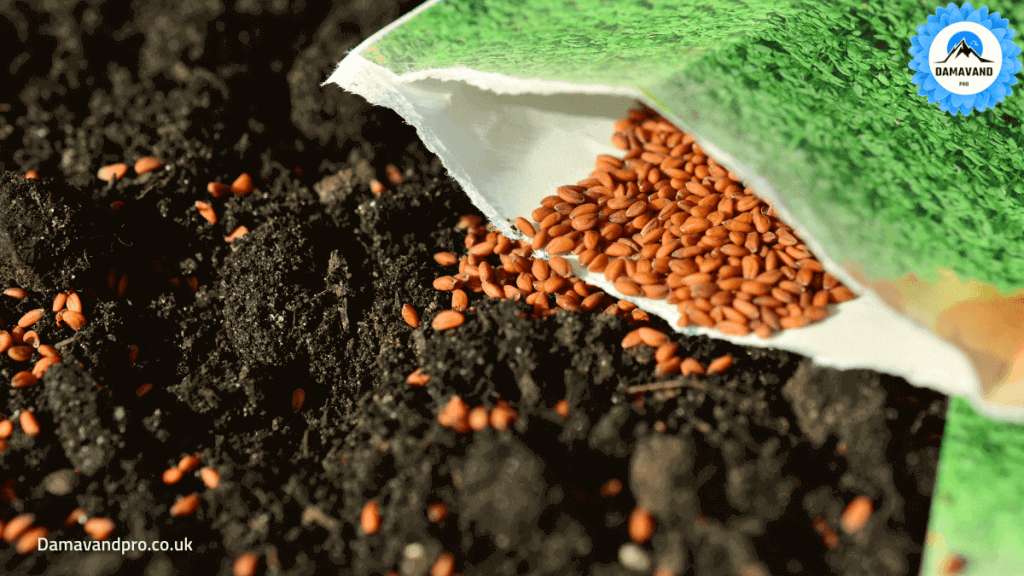
Inadequate soil drainage
It’s essential to have good drainage. Again, before planting, the soil must be thoroughly amended. In rare cases, it may be necessary to develop the right amount and balance of suitable microorganisms functioning in the soil up to a year in advance.
Incorrect site elaboration and cultivation
Excessive cultivation can disturb weed seeds and push them to the surface, giving them a far higher chance of outcompeting wildflowers. Weed seed persistence is reduced, and the ability of wildflower seedlings to establish is increased with shallow tillage of 2 to 3 inches.
Seed Coverage Is Too Deep
Good seed-to-soil contact is necessary, but a seed that is too deeply covered receives less air and light. A 2 or 3-foot square piece of plywood laid down and stepped on over sown wildflower seeds is sufficient to ensure good seed-to-soil contact.
Not Using Recommended Seeding Rates Spreading a small amount of seed over a large area is never a good idea.
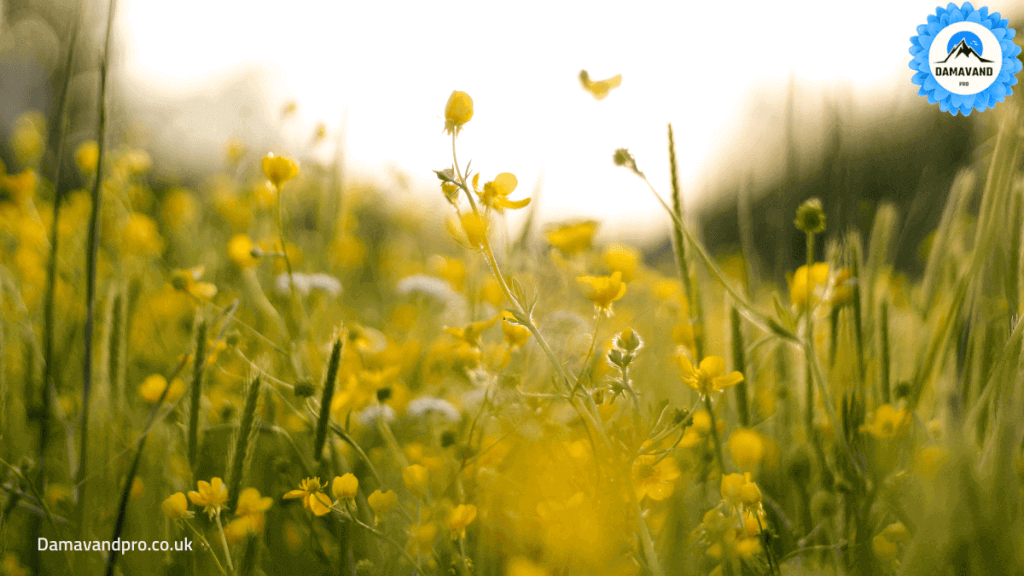
Planting wildflower seeds in your lawn or a grassed area that already exists
In the spring or autumn, plant wildflower seeds.
Cut the existing grass to a very short length.
Scarify or rake the ground thoroughly. The goal is to have at least 50% bare soil.
Distribute a 100% wildflower seed mix tailored to your soil type.
Add extra yellow rattleseeds to the mix if sowing in the fall.
Finally, roll it or walk over it to help the seeds germinate.
Only water if it appears that it will not rain for a while.
What Is the Status of Broadleaf Weed Control in a Wildflower Meadow?
Read the notes in the improper site preparation and cultivation section above. Avoidance is your best defense against weeds. Because spraying nonselective herbicides is not an option, cultivation on your hands and knees and plucking are your primary and best control methods for broadleaf weeds.
Enhance your wildflower magic.
Creating a wildflower meadow or patch is no illusion; it is a meticulously planned and executed garden, just like any other. You don’t have to be someone special to create a lovely wildflower garden. To maximize your perennial wildflower magic, follow these simple guidelines for when to plant, where to plant, and how to plant!
This page should help you determine the best time to plant wildflower seeds.
Introduction to wildflower seeds
What are wildflower seeds?
Wildflower seeds are seeds that are collected from plants that grow naturally in the wild rather than being cultivated in gardens or fields. Wildflowers are a type of flowering plant that grows spontaneously in a variety of habitats, including grasslands, meadows, woodlands, and along roadsides and streams.
They are often prized for their beauty and diversity, and many people enjoy planting wildflower seeds in their gardens or other areas to create a natural, informal look.
Wildflower seeds are available in many different species and varieties and can be planted in a variety of different soil types and climates. Some common types of wildflowers include daisies, poppies, lupines, and black-eyed Susans.
Why plant wildflowers?
There are many reasons why people plant wild flowers. Some of the main benefits of planting wild flowers include:
- Beauty: Wild flowers are known for their colorful, diverse, and attractive blooms, which can add a splash of color and interest to any garden or landscape.
- Ecosystem support: Wild flowers provide important food and habitat for pollinators, such as bees, butterflies, and hummingbirds, which are vital to the health of ecosystems and agriculture. Planting wild flowers can help support these important species.
- Low maintenance: Wild flowers are generally easier to care for than many other types of plants, as they are adapted to growing in a variety of conditions and often require minimal watering and fertilizing.
- Soil stabilization: Wild flowers can help prevent soil erosion by stabilizing the soil with their deep roots.
- Cost-effective: Wild flower seeds are often less expensive than other types of seeds or plants, making them a cost-effective option for landscaping or garden projects.
- Natural look: Wild flowers can create a natural, informal look in a garden or landscape, which may be more appealing to some people than a formal, structured garden design.
Overall, planting wild flowers can be a fun and rewarding way to add beauty, biodiversity, and ecological benefits to any outdoor space.
Choosing the right wild flower seeds for your location
- Consider the climate and soil conditions in your area
- Choose a mix of annuals and perennials for a long-lasting display
- Consider the size and height of the mature plants to ensure they fit in your desired location
Preparing the soil for planting wild flower seeds
- Clear the area of weeds and debris
- Till the soil to a depth of about 6 inches
- Add compost or other organic matter to improve soil structure and fertility
Planting wildflower seeds
- Follow the instructions on the seed packet for the recommended planting time and depth
- Scatter the seeds evenly over the prepared soil
- Cover the seeds with a thin layer of soil or compost
- Water the seeds thoroughly after planting
Caring for wildflower seeds
- Water the seeds regularly, especially during dry periods, until they are established
- Weeds can compete with wild flowers for water and nutrients, so keep the area weed-free
- Mulch around the seedlings to help retain moisture and suppress weeds
Enjoying your wildflower garden
- As the wild flowers begin to bloom, sit back and enjoy the beauty of your garden
- Consider cutting some of the flowers to use in arrangements or to dry for later use
Conclusion
- Planting wild flower seeds is a simple and rewarding way to add beauty and pollinator habitat to your garden or landscape
- With proper preparation and care, your wild flower garden will thrive and bring joy for years to come.
-
Product on sale
 Polka Dot Mix Cornflower Seeds£5.99 – £499.99
Polka Dot Mix Cornflower Seeds£5.99 – £499.99 -
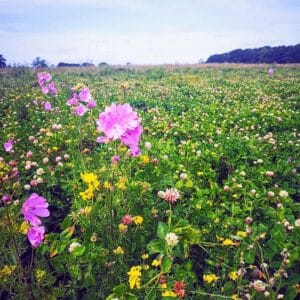 Flower Seeds Mix UK Garden: 1 Kg Nectar£29.00
Flower Seeds Mix UK Garden: 1 Kg Nectar£29.00 -
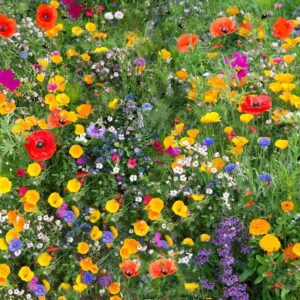 Wildflower Seed Mix Premium£3.99 – £50.00
Wildflower Seed Mix Premium£3.99 – £50.00 -
 1kg Wildflower Seeds UK: 21 Species for Pollinator Attraction£69.99
1kg Wildflower Seeds UK: 21 Species for Pollinator Attraction£69.99 -
 Part Shade Flower Seeds: Transform Shaded Spaces into a Vibrant Oasis£2.99 – £529.99
Part Shade Flower Seeds: Transform Shaded Spaces into a Vibrant Oasis£2.99 – £529.99 -
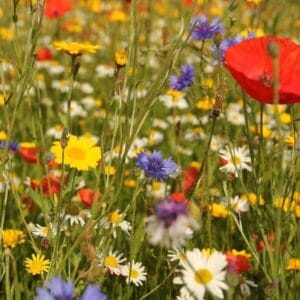 10 kg Irish Wild Flower Meadow Seeds: Bag of Wildflower Seeds£500.00
10 kg Irish Wild Flower Meadow Seeds: Bag of Wildflower Seeds£500.00 -
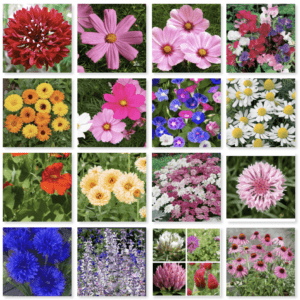 Organic Wildflower Seed Mix: 16 Varieties 100g Bag£18.00
Organic Wildflower Seed Mix: 16 Varieties 100g Bag£18.00 -
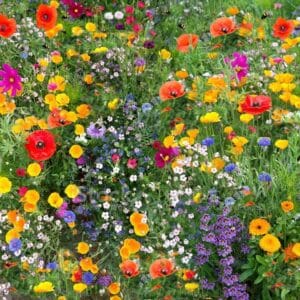 20kg Wildflower Seeds Mix£799.00
20kg Wildflower Seeds Mix£799.00 -
 3KG Bulk Wildflower Seed Mix£80.00
3KG Bulk Wildflower Seed Mix£80.00
